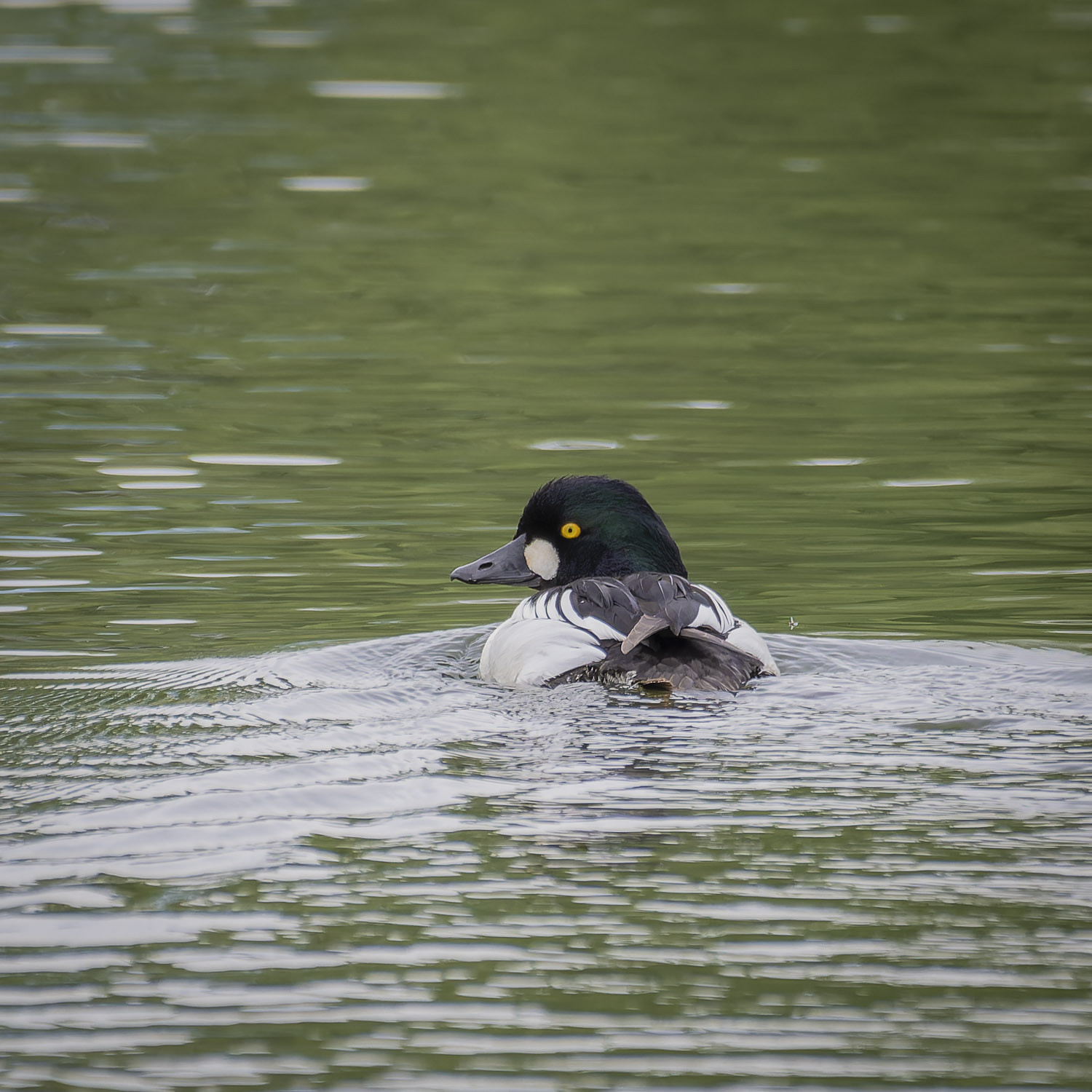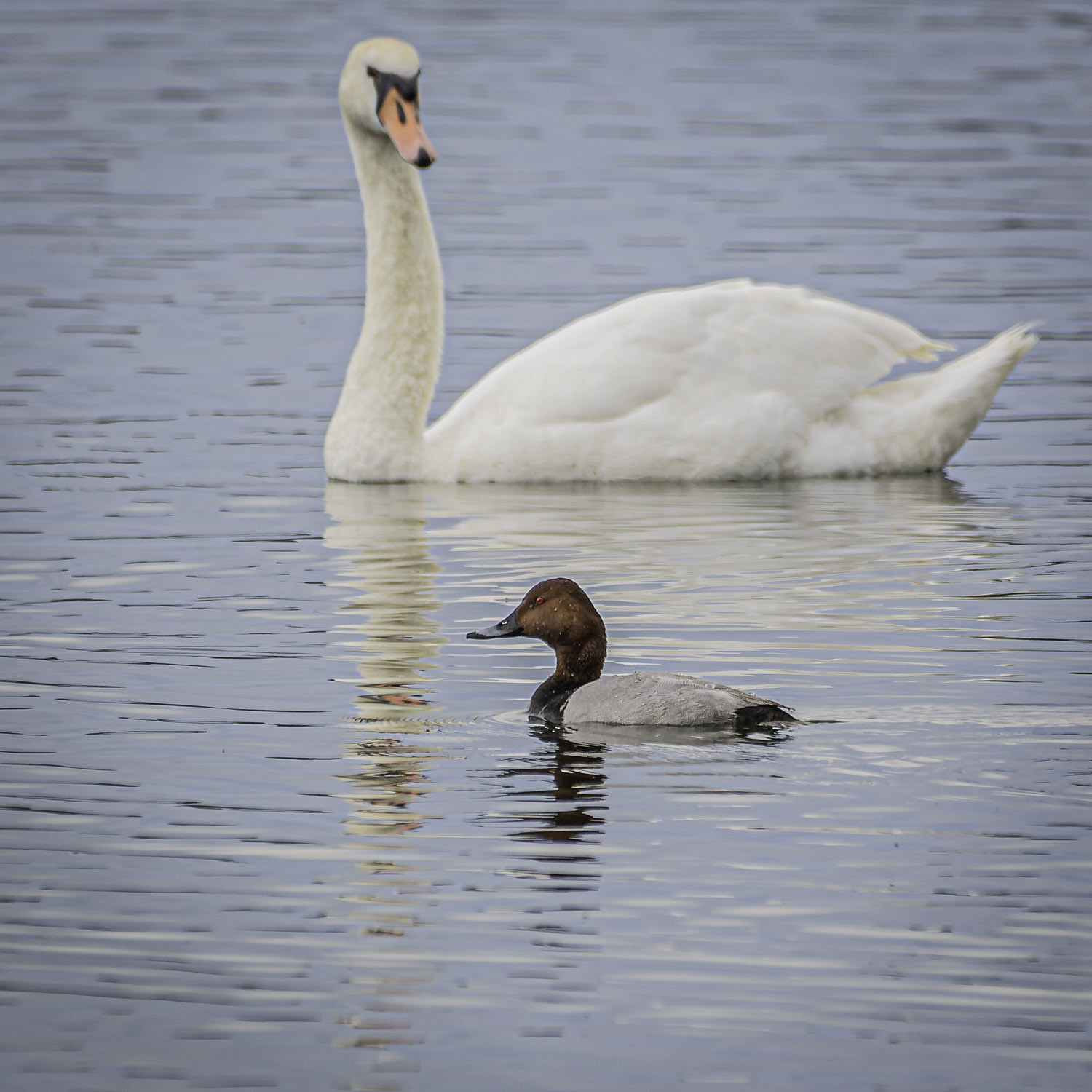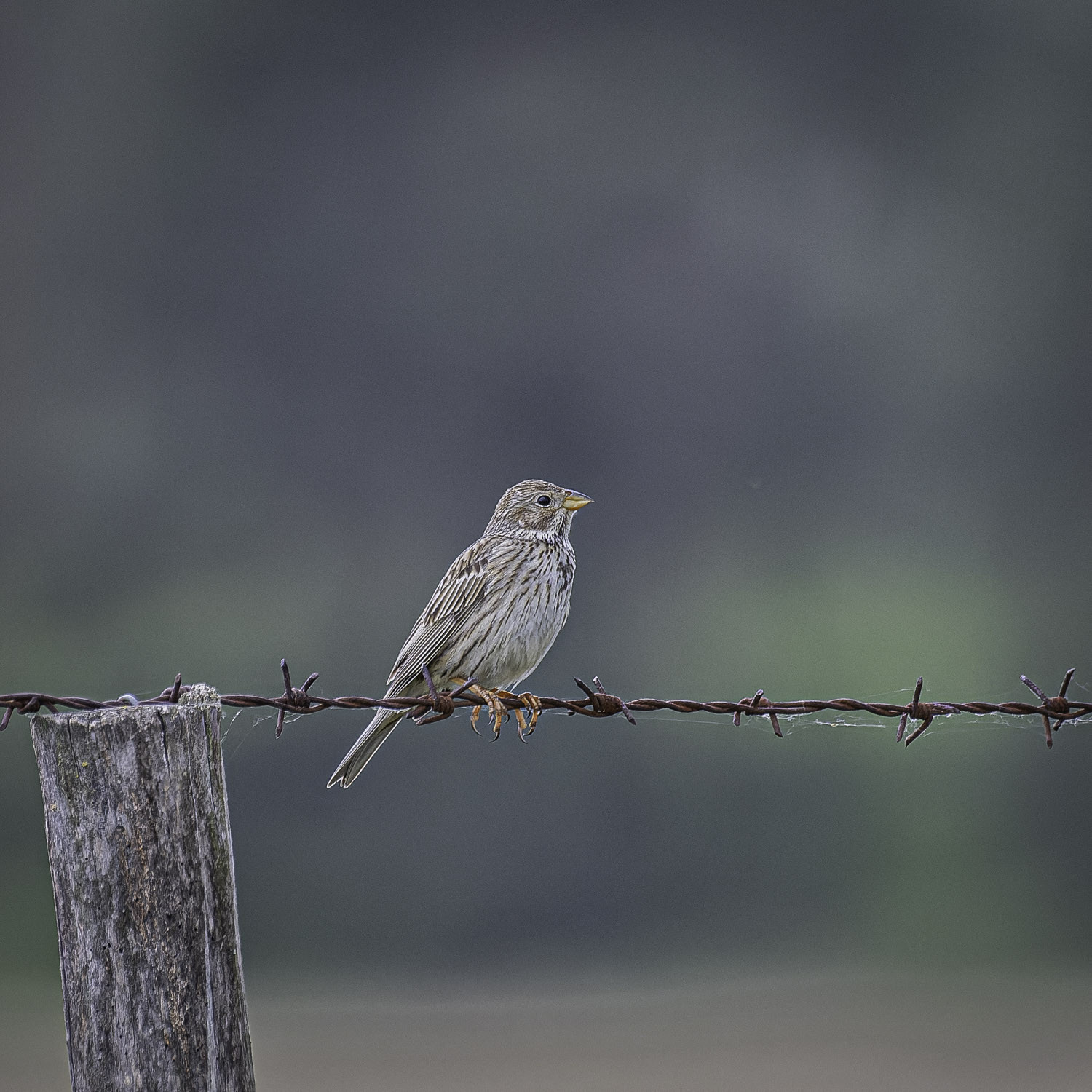Description
The Neolith Teich belongs to the Middle Elbe Biosphere Reserve and is about 107 hectares in size. The banks of the pond, which is actually more of a small lake, are overgrown with reeds and therefore offer many hiding places for birds. And the meadows next to the pond are perfect for feeding. Poplar and pine forests, shrubs and grassland complete the picture. Especially in the period from September to December it is worth a visit. During this time, more than 30,000 Greater White-fronted Goose and Tundra Bean Goose stay in the area. Sometimes there are also rarer guests among them, like Pink-footed Goose, Lesser White-fronted Goose, Barnacle Goose, Brent Goose or Red-breasted Goose. The area is also rich in ducks. You can see the more common ducks, but also sometimes Red-crested Pochard, Northern Pintail, Greater Scaup, Eurasian Wigeon and Ferruginous Duck. Of the total of 85 bird species recorded at Neolith Teich, about 23 are also breeding birds. Among them are ducks like Gadwall, Northern Shoveler, Garganey, Common Pochard, but also Little Grebe, Red-necked Grebe, Great Bittern, Little Bittern, Sedge Warbler, Reed Warbler, Great Reed Warbler, Penduline Tit and Western Marsh Harrier. Sometimes White-tailed Eagle is seen around the lake.
Details
Access
The nature reserve borders in the east on the Köthen–Aken railway. Otherwise, it is mainly bordered by public roads. In the northwest of the pond there is an observation platform from which the pond can be viewed. Note: The Neolith pond is used for fishing during the summer months (15 July to 30 September).





